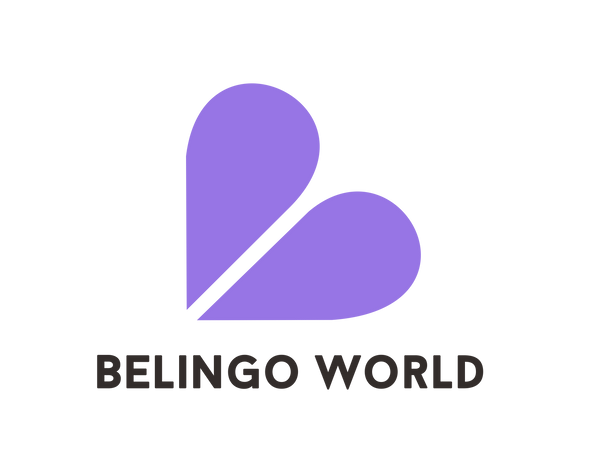
How play-based learning helps kids master language faster
Play-Based Learning: The Reason Parents Start Early
At ages 2–5, children are growing fast, but their thinking and logic are not fully developed yet. The part of the brain that grows most during play is called the prefrontal cortex. This area helps kids learn to plan, solve problems, and think flexibly. When children play, they face new challenges and make choices, which makes their brain stronger and ready for lifelong learning.
The Science Behind Play and Language
- Play is one of the best ways for children to learn language naturally. When kids play, their brains work the same way they do when listening, speaking, or doing basic English grammar.
- How play helps the brain: During play, children activate the language areas of the brain. Repetition, feedback, and social interaction help them learn words the same way babies pick up their first language.
-
Why play feels natural: Role-play, storytelling, and games make kids use language in a fun way. This is especially helpful for bilingual kids or children in expat families who hear many languages at once.
-
Faster vocabulary growth: Studies show that children in play-based learning settings learn up to 30–50% more words than kids in traditional classes.
-
Movement + language: Games with movement (dance, action songs, pretend play) connect body and brain. Gestures with words make it easier to remember and improve focus.

Play Ideas by Age
Toddlers (1–3 years)
-
Focus: First words (mom, dad, me, you)
-
Activities: Peek-a-boo, naming objects, singing action songs, and sensory play with naming.
Preschoolers (3–5 years)
-
Focus: Sentence building, imagination, basic grammar
-
Activities: Role play, storytelling, puppet shows. Bilingual role-play is especially powerful.
Elementary kids (6–10 years)
-
Focus: Reading, grammar, big vocabulary
-
Activities: Board games with reading, reading aloud, storytelling together, writing journals through play, and language games.

Types of Play That Grow Language Skills
-
Role-play & storytelling: Pretending as characters helps children use new words and sentences. Multilingual kids can act out stories in two languages for better fluency.
-
Songs & rhymes: Music builds rhythm, pronunciation, and grammar naturally.
Building games: Toys like LEGOs with step-by-step instructions teach listening and descriptive language. -
Social play: Playing with friends helps kids practice real conversation, turn-taking, and negotiation.
Creating a Language-Rich Play Space
-
Encourage talking spaces: Corners with books, costumes, and instruments invite children to use words.
-
Choose toys wisely: Dolls, board games, and picture cards encourage talking and giving instructions.
-
Add multicultural play: Use games, songs, and stories from different cultures to build language and cultural understanding.
-
Use technology smartly: Apps that let kids listen, speak, and record are more useful than passive videos.
How Play Solves Common Challenges
-
For quiet kids: Puppets, small group role-play, or acting as characters reduce pressure and encourage speaking.
-
For children with few words: Simple rhymes, picture cards, and echo games help improve language step by step.
-
For reserved learners: Use their interests, like dinosaurs, space, art, animals, or stories from their culture, to keep them motivated.
Belingo World offers premium language programs for children, built on international standards from the Singapore academy.
We provide Mandarin and English classes at our learning center.
To help beginners start their journey, we also share free video lessons in English and Mandarin for easy practice at home.
Follow us on social media for updates, tips, and resources.
For more insightful articles, visit our website or check our related article here: Why Learning Mandarin in Phuket is a Smart Choice for Kids https://belingoworld.com/blogs/news/why-learning-mandarin-in-phuket-is-a-smart-choice-for-kids

